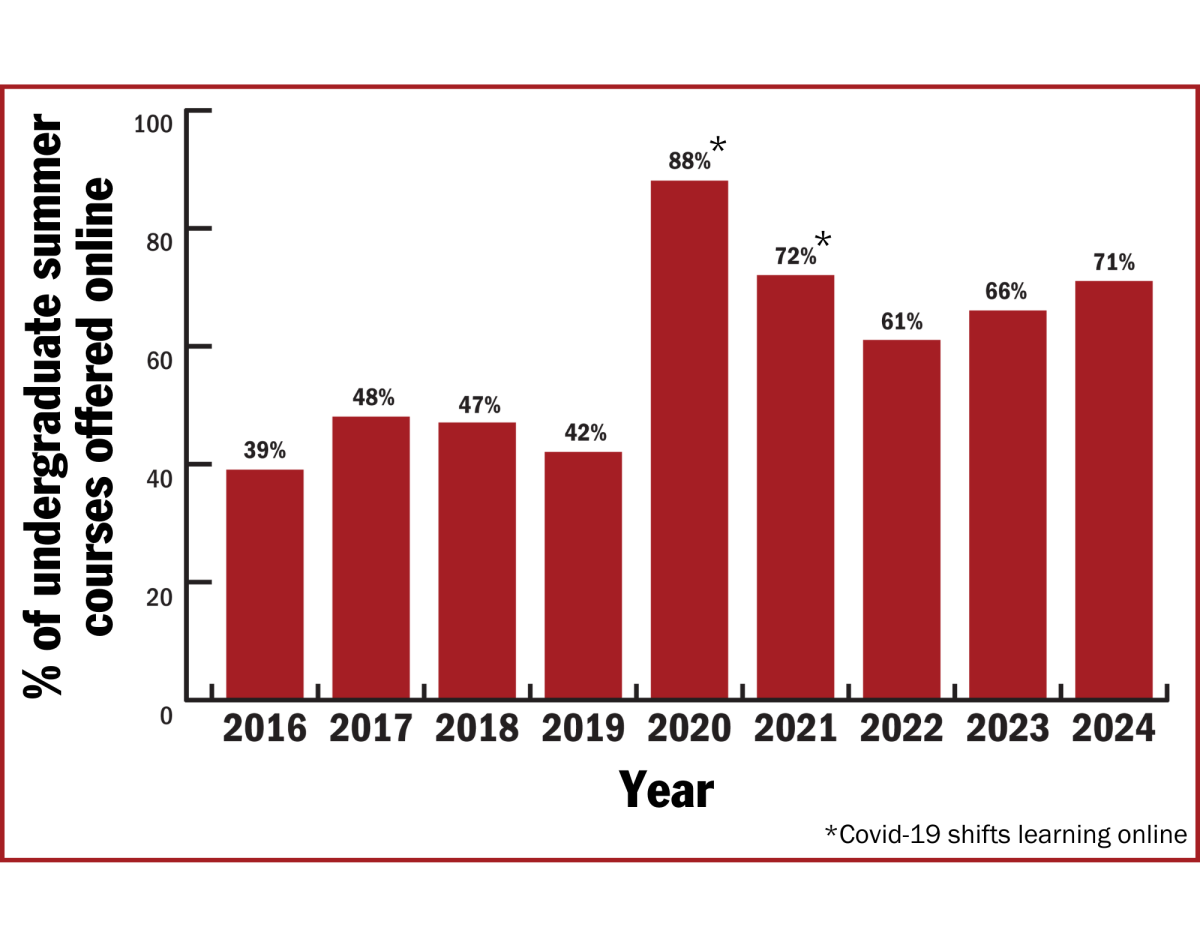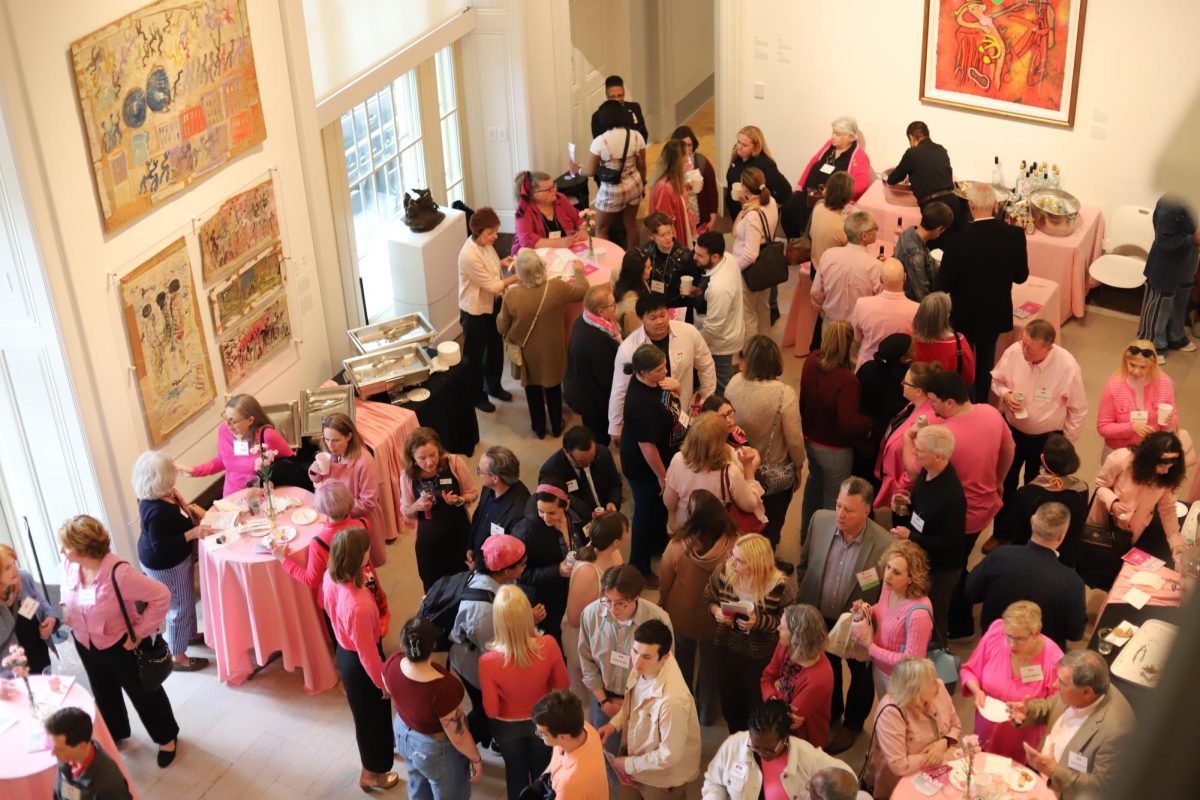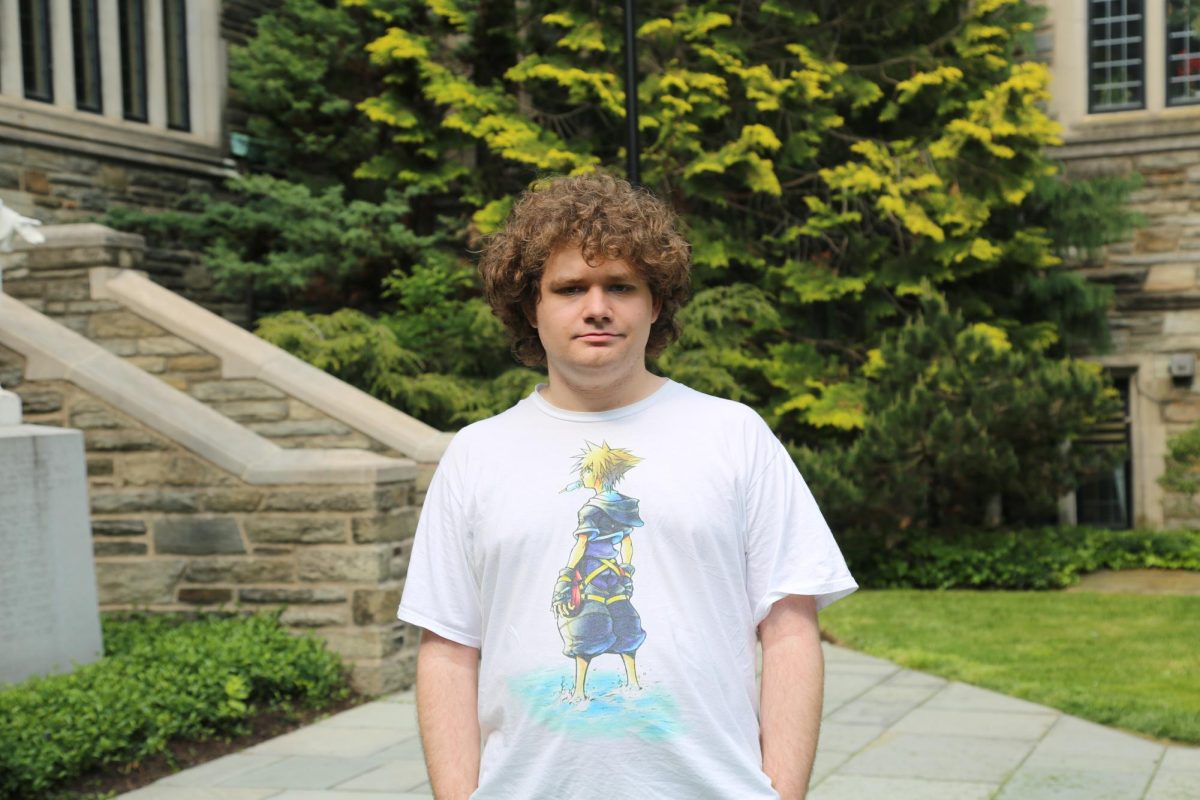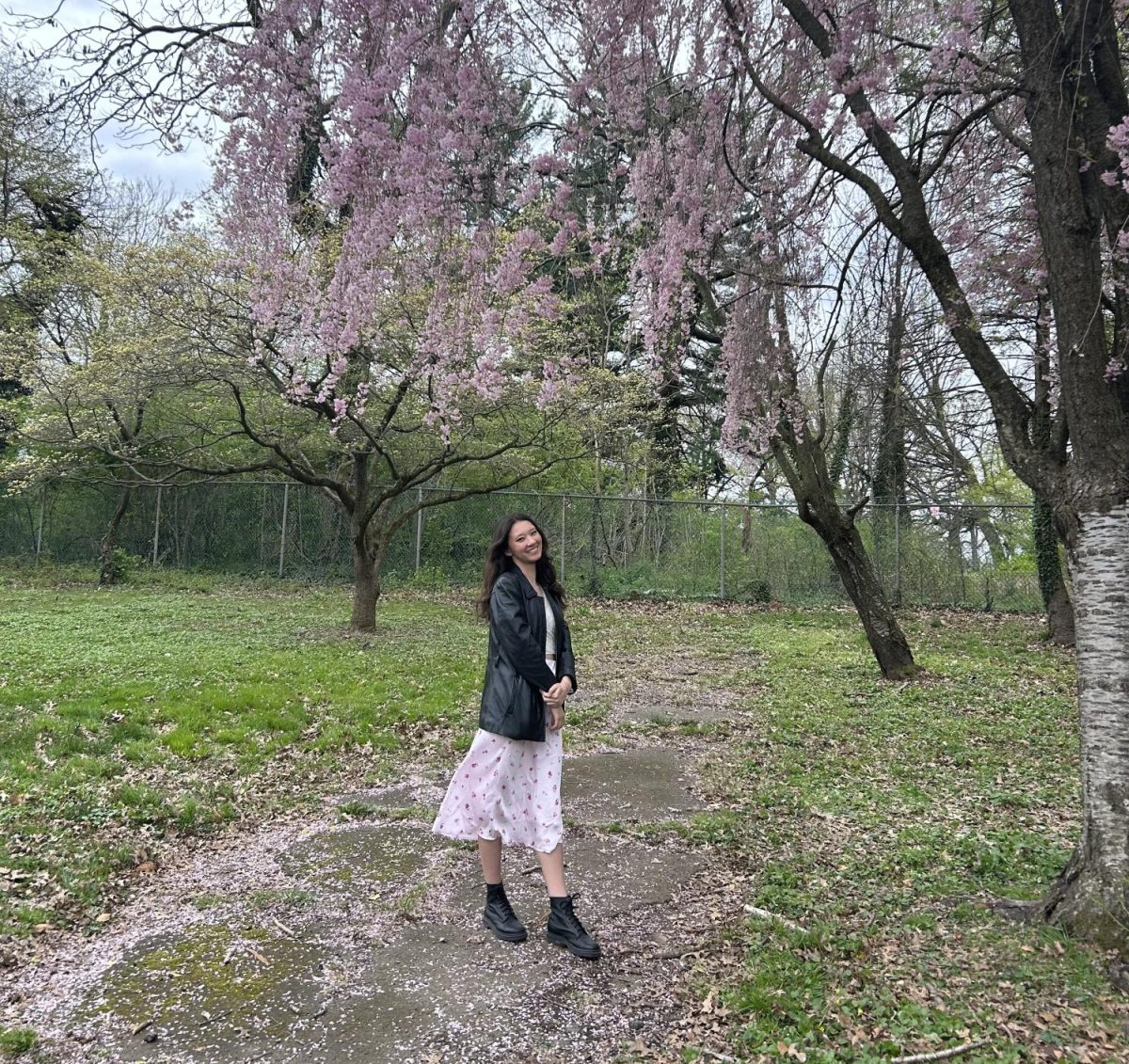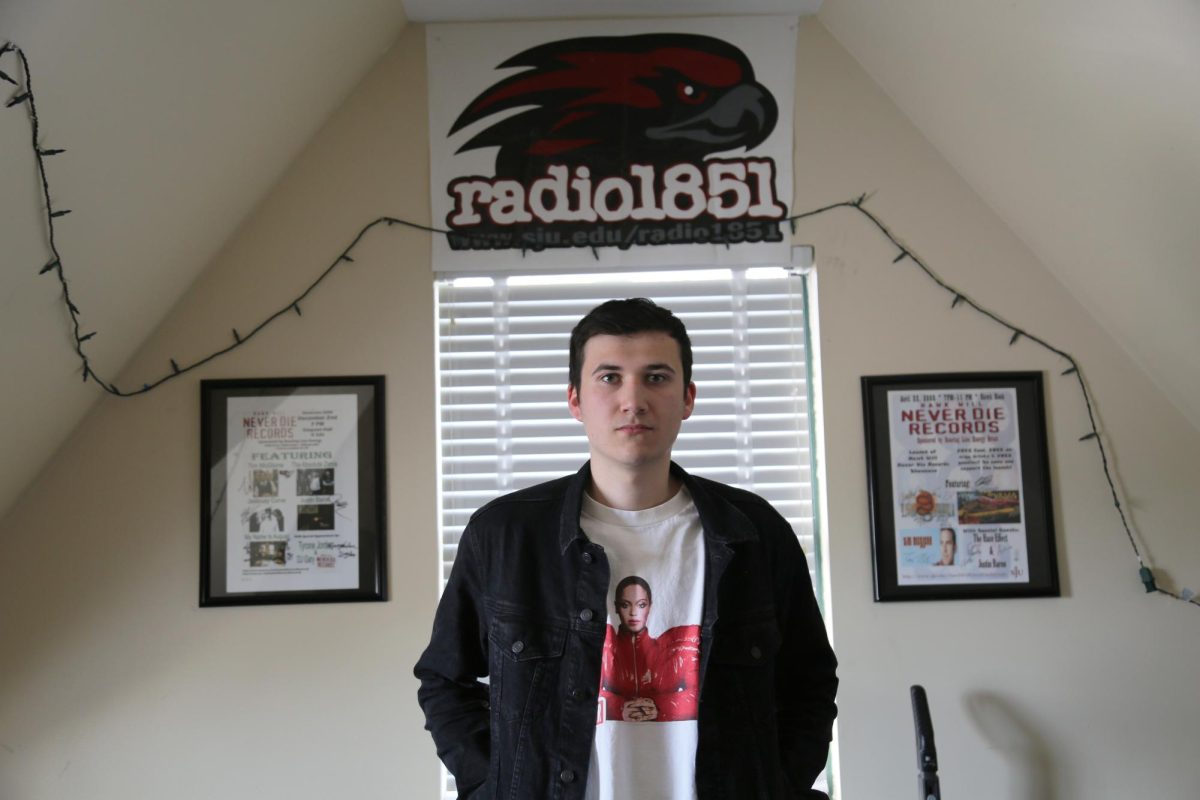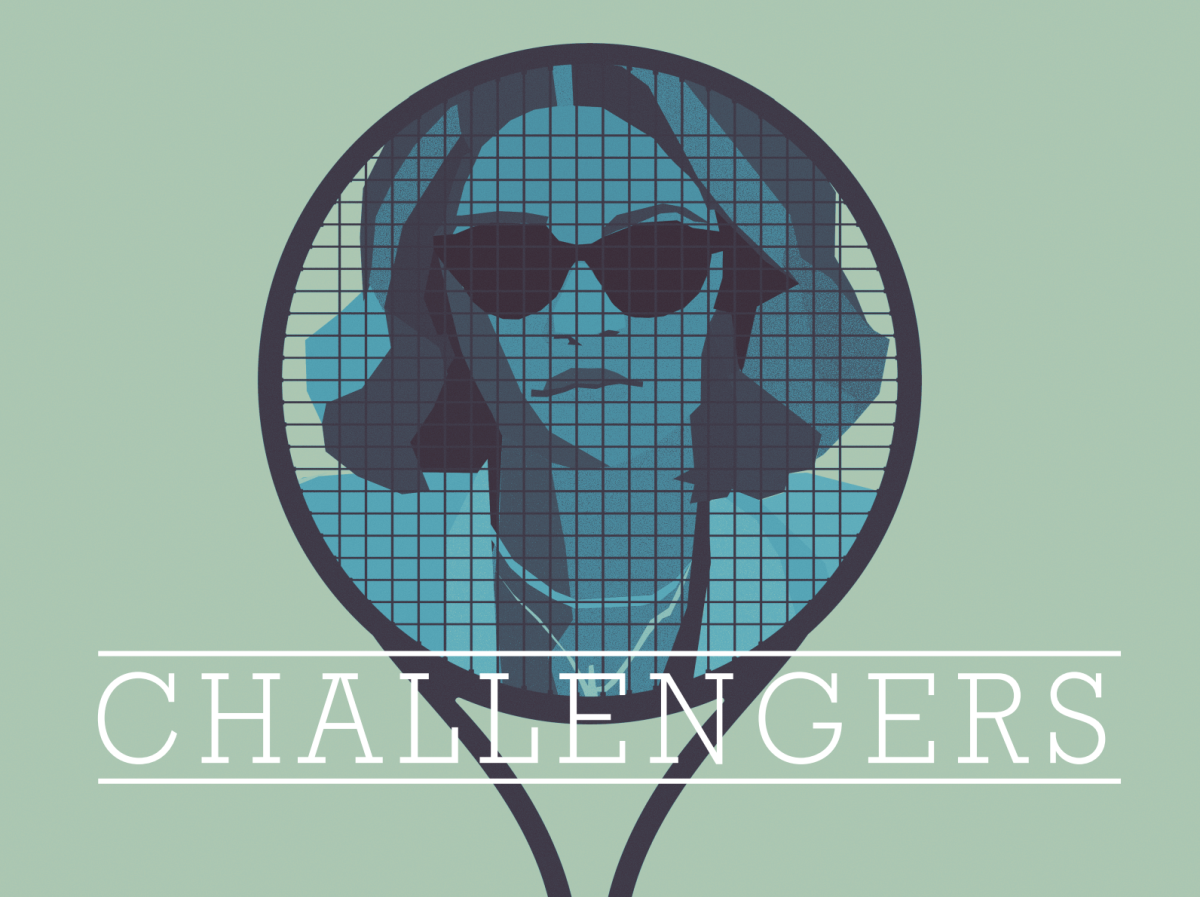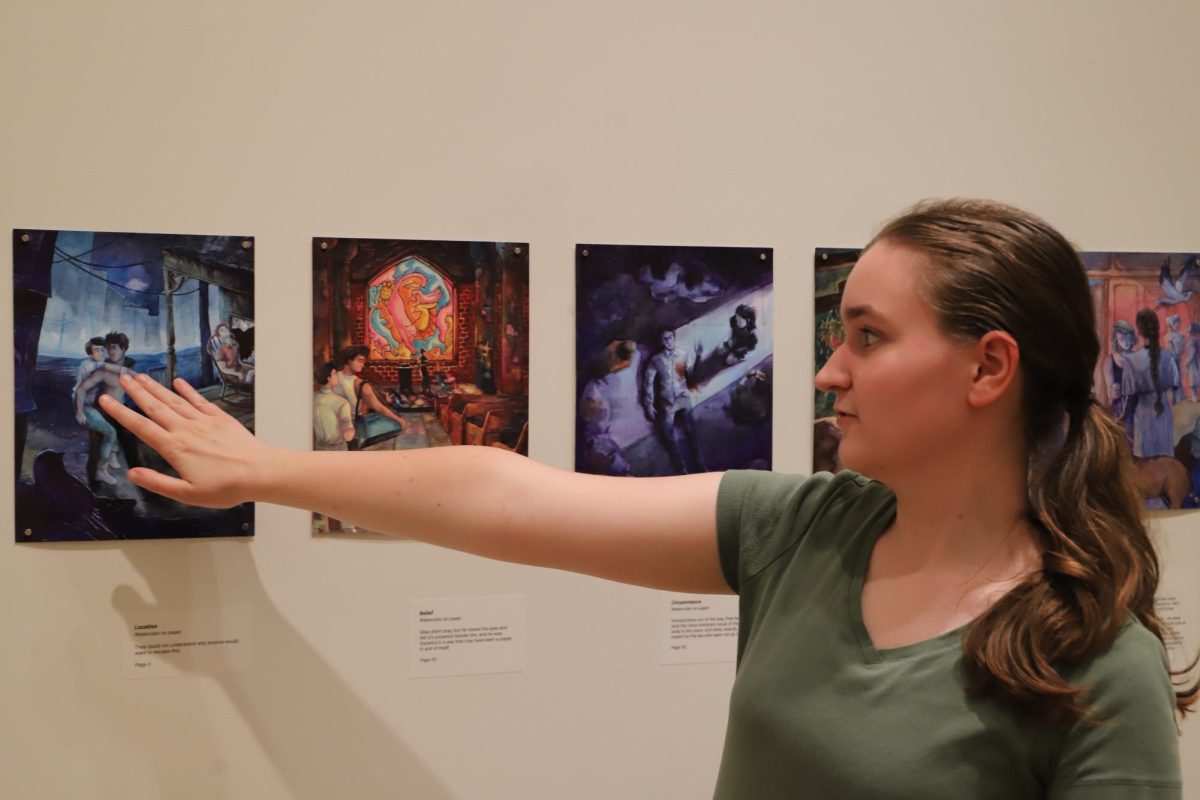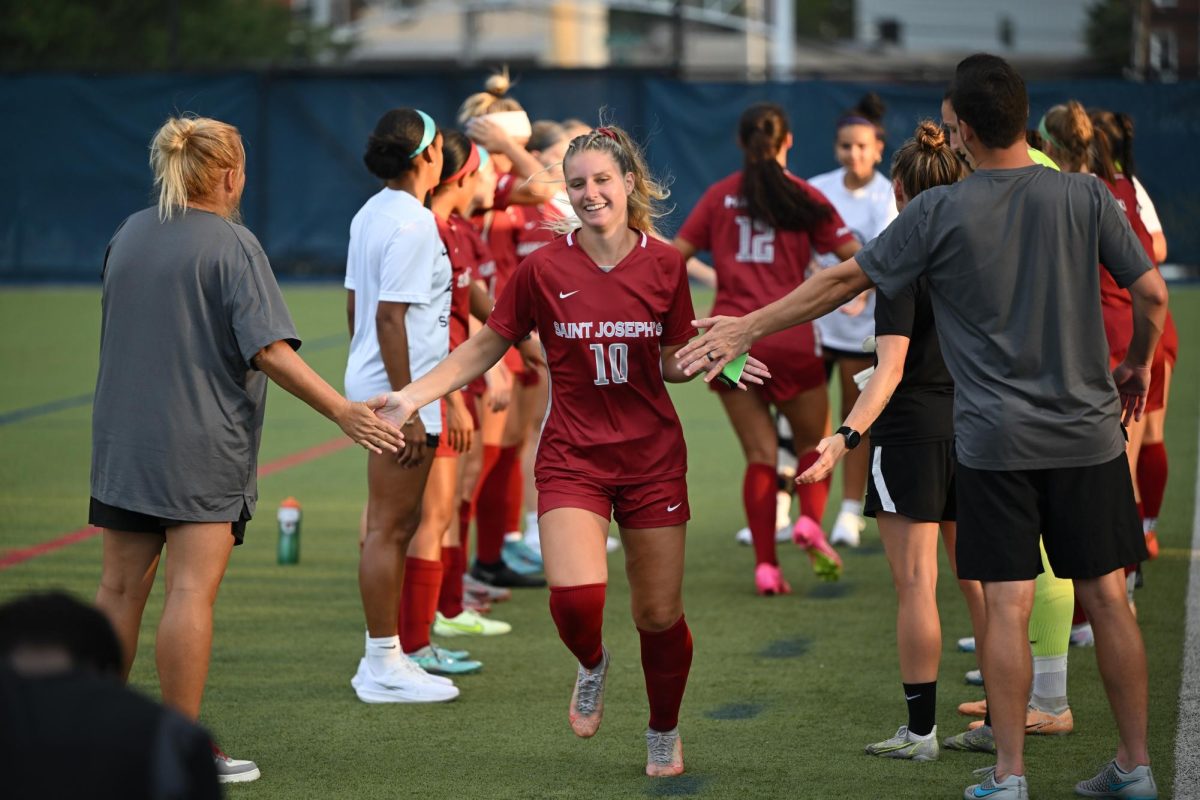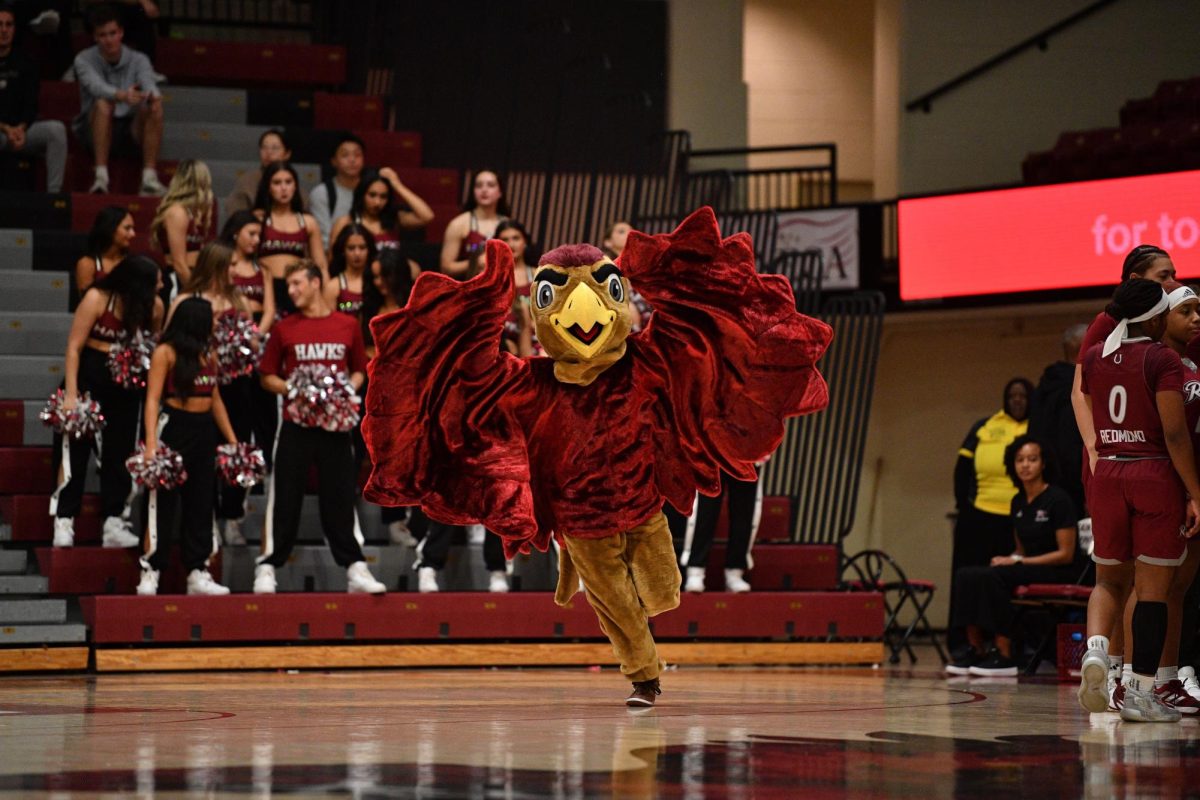A case study in normalizing ignorance
Narratives about campus racism, almost exclusively, rest in tales of individual injustice. Like clockwork, campuses experience a racist incident too difficult to recast: some students protest, some staff and faculty support from the sidelines, and on occasion, upper administration performs a public discourse about improving campus culture. Then, it happens again. It is easy to get discouraged—to think hope is for chumps.
The failure of anti-racist progress at St. Joe’s rests on willful ignorance: an insistence that individual acts of racism exist apart from the structural racism the institution perpetuates. St. Joe’s has created safe spaces but has not done enough to question who it keeps safe or why. This is a narrative about structure or how to make learning about diversity a boutique experience.
Relegating sustained engagement on race and inequality to segregated, compulsory diversity courses, taught largely by underrepresented bodies, directly contributes to individual racism. That is, refusing to acknowledge the existence of institutional racism leads to racial epithets being scribbled on black girls’ doors. Te refusal perpetuates the problem.
The university has an idea about what makes a well-rounded student and structured the General Education Program (GEP) to accomplish this. It consists of about 15 courses across a variety of fields, including a signature core, a set of courses that particularly captures the St. Joe’s mission.
Part of that mission states that the university “striv[es] to be an inclusive and diverse community that educates and cares for the whole person […] encourag[ing] and model[ing] lifelong commitment to thinking critically, making ethical decisions, pursuing social justice.” To accomplish this, there is a diversity requirement. Rather than a specific course or set of courses, this requirement exists as an overlay (along with writing and ethics).
This means students gain knowledge about race, inequality and social justice through another subject. It is a laissez-faire approach that assumes a knowledge that the racist incidents on campus. When ideas are important we do not only say that they are, we create and sustain structures that secure their existence. Consider the intentionality with which theological instruction is approached at St. Joe’s. The GEP outlines that a specific course be taken first, Theology 154: Faith, Reason, and the Catholic Tradition before students are allowed to choose a theology elective from a predetermined list. Students are required to gain basic information on the subject before they are able to choose advanced electives.
The failure of anti-racist progress at St. Joe’s rests on willful ignorance: an insistence that individual acts of racism exist apart from the structural racism the institution perpetuates.
There is no assumption about students’ theological pre-knowledge and no concern about enforcing too much constriction on what, when and how a student should best gain a rudimentary understanding of theology. This example is not about theology; it is a portrait of an institutional structure which supports an ideological investment.
Juxtapose the kind of scaffolding seen in theology to the total lack thereof in the university’s diversity requirement.
First, there are no standalone diversity courses. Students are always required to learn about diversity through the lens of another subject. Little diversity information is provided about these courses beyond the title. There are no prerequisites other than those that may exist for the broader course subject. There is no expectation of or pre-preparation for the diversity component of the course.
Collectively, there is no structure for informed or sustained engagement with diverse learning in the St. Joe’s curriculum. It may be present and it may occur, but there is little institutional infrastructure to ensure that it happens in any meaningful way. The institution says that diversity is important, but it has not created a structure that reflects
its stated significance.
And then there is how we define diversity at St. Joe’s—ask a student here and you are likely to get any variety of answers. An informal survey in one of my diversity classes resulted in a range of answers centering on black/white American racism. It is how public discourse around diversity happens at St. Joe’s.
Racist acts sometimes lead to outcry, sometimes lead to public progress narratives. Wash. Rinse. Repeat. Taking the university’s lead, how easy might it be for a student to question the necessity, validity, value of diverse instruction? Our institution’s documents say we value diversity. On paper the institution provides detailed descriptions of what it is, offers an array of courses never taught, in programs that exist only in its imagination and memory. With little prior engagement, exposure, experience, practice and information, it is easy to imagine how the relevance of a diverse literature/history/music/marketing/etc. course might seem nice if one has the time or the inclination, but utterly unnecessary.
By compelling students to conform to a structure that they have not been taught how to question, St. Joe’s is complicit in fostering ignorance. This ignorance is not happenstance. It is structural.

